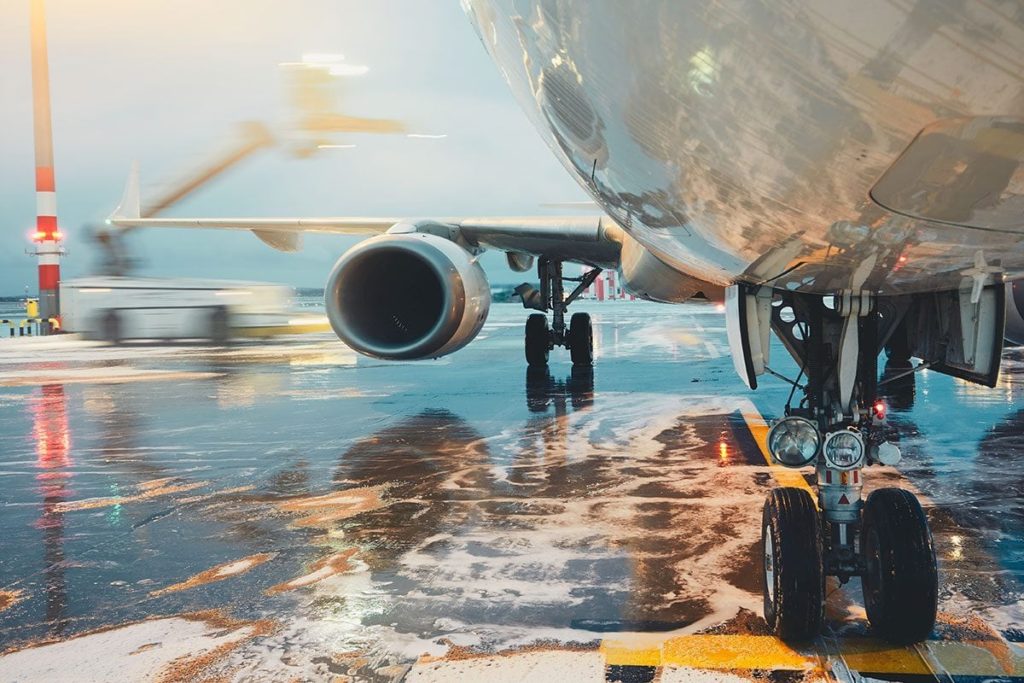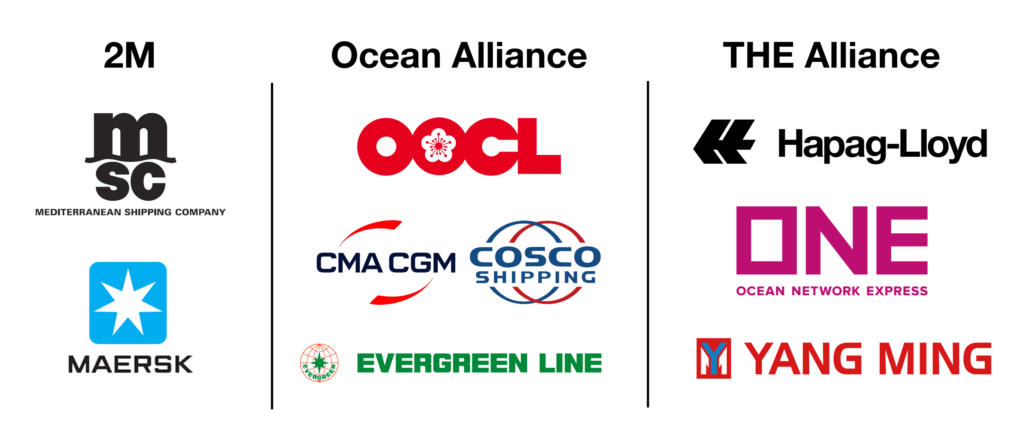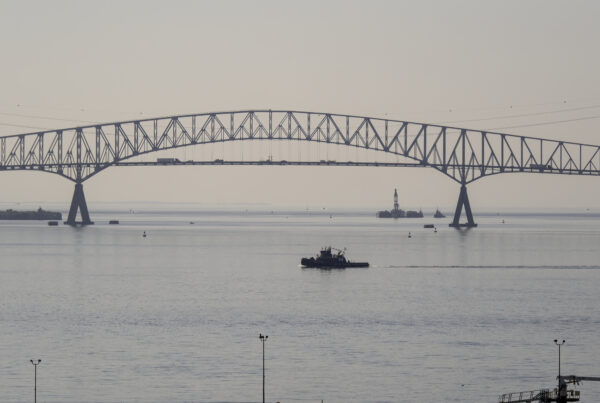Cold, Cold Consolidation
Over the last decade, you may not have noticed the shrinking number of carriers that booked your container freight. Shipping line mergers and alliances throughout the decade advanced a trend toward industry consolidation. Relatively low freight rates made the consolidation more or less painless for shippers until recently.
Now, as rates spike and services dip, the monopolistic positions that carriers have established on major trading routes is painfully evident. If you begin looking for shipping alternatives or to negotiate, right now you will find no alternative exists. Now that global shipping is entering peak season(what season was the last 6 months?), shippers are resigned to further capacity challenges and the carriers expect to continue to enjoy unchallenged cost increases. Unless the US government steps in to rein in the carriers’ excesses and protect shippers’ planning ability and bottom lines.
Peak Season Like No Other
Intensifying import volumes, capacity crunches and congestion in and around ports on both sides of the Pacific, and a rail network stretched to the brink have kept in place what was already a perfect storm for shippers. Importers that depend on the on time arrival of seasonal items need to carefully consider the urgency of their shipments.
According to the Global Port Tracker, imports are expected to increase another 14% year over year in July, 7.5% in August, and 1.7% for September. Elevated US demand in 2021 has continuously tested supply chains and global port infrastructures. What could bring down rates besides a drop in demand? What could drive down demand apart from a broader economic downturn?
On the rails, extended dwell time has been a fact of life for months. Congestion has gotten so bad in Chicago that Union Pacific has announced the suspension of service from the West Coast is suspended from July 18th. Thousands of containers are stacked in the Global IV terminal and it could take up to a week to make them available to their owners.
Shipping executives say the worst is yet to come as we head into peak season.
Spot rates continue their steady rise, but as has been the case for months, the published rate does not necessarily get a container shipped. Paying premium (that is, astronomical) rates give shippers the closest thing to a guarantee that their containers will be loaded onto vessels and shipped. These tack on charges push the all-inclusive freight rates to the US well over the published rates and a pricing level that can challenge the profitability of some imports.
Your Delay Is Further Delayed Due To Delays
According to Timothy R. Fiore, chair of the Institute for Supply Management’s (ISM) Manufacturing Business Survey Committee, lead times are at record highs and are “still accelerating”.
The lead time for production materials rose from 85 days in May to 88 days in June, the highest figure since ISM began collecting data in 1987.
Electronic supplies have been among the hardest hit with lead times for electronic components going from 16 weeks to more than 52 weeks. The crisis at Yantian Port was a huge hit to electronics supply chains. Lengthened lead times and slowed supplier deliveries are widespread. ISM reported that 17 of the 18 industries assessed reported slower supplier deliveries in June.

It’s A Bird! It’s A Plane! It’s Air Freight Rates
With the lack of ocean freight capacity and widespread port congestion some companies are shifting some of their orders to air freight to meet retail and manufacturing needs. The International Air Transport Association (IATA) reported global demand for air cargo increased 9.4% in May compared to 2019, representing the thirteenth consecutive month of improvement since the market hit a pandemic low.
Shipping by air used to be twelve times more expensive than by ocean back in 2019. In 2021, it’s down to six times the cost. Not that air freight has become cheaper, air freight costs have just increased much less dramatically than ocean freight. Getting critical goods to customers has been the motivation for a trend of ocean to air conversions because shippers are able to take delivery within days compared to several months for ocean freight.
Biden To The Rescue
The three main global ocean carrier alliances control more than 80% of the container market. The alliances’ ability to control capacity through coordination and cooperation along major trade lanes moves the global market.
On July 2nd, President Joe Biden announced an Executive Order on Promoting Competition in the American Economy. Among other things, it urges the Surface Transportation Board (STB) to make it easier for shippers to challenge inflated rates more easily when there’s no competition between routes.
The FMC is looking squarely at carriers’ detention and demurrage policies. Detention and demurrage payments have nearly doubled at major US ports over the last year as congestion and service failures have made timely reception and return of containers nearly impossible.
The White House issued a fact sheet summarizing the order to promote competition across the US economy.
White House Press Secretary Jen Psaki stated, “Concentration has contributed to a spike in shipping costs and fees during the pandemic. The executive order calls on the Federal Maritime Commission to crack down on unjust and unreasonable fees and work with the Justice Department to investigate and punish anticompetitive conduct.”

The Empire – Oops! Alliances – Strikes Back
John Butler, president and CEO of the World Shipping Council – which represents 90% of the global container trade – disputed the Biden Administration’s reasoning that market concentration is the root of the problem.
“The current supply chain disruptions are the result of an historic surge in demand by Americans for goods from overseas,” Butler said. “There is no market concentration ‘problem’ to ‘fix’, and punitive measures levied against carriers based on incorrect economic assumptions will not fix the congestion problems. Only normalized demand and an end to Covid-related operational challenges will solve the bottlenecks in the supply chain.”
Wall Street agreed, also citing weak pre-pandemic incentive to build new ships.
Even supporters of this executive order acknowledge the current demand for imports is unprecedented but disagree that a lack of competition is not at least part of the problem.
Off The Rails
It’s not just ocean freight that is under scrutiny. In June, American Chemistry Council (ACC) President and CEO Chris Jahn wrote a letter to the STB to look into why chemical shippers are experiencing poor rail service and how to accelerate efforts to promote rail-to-rail competition through reciprocal switching, allowing shippers access to competing rail lines.
He stated, “Current rail service challenges are harming ACC member companies, disrupting supply chains, restricting manufacturing, increasing costs and preventing companies from meeting customer expectations.”
In response, the Association of American Railroads stated “Competition remains fierce across freight providers, and any proposal mandating forced switching would put railroads – an environmentally friendly option that invests $25 billion annually in infrastructure – at an untold disadvantage […] when freight demands have dramatically increased.”
Failing To Plan Is Planning To Fail
2021’s peak season will be like no other. Ocean freight delays are expected to increase, with spot rates at such extreme levels and space at such a premium that it is almost impossible to predict lead times. Shippers need to make a plan of action ASAP.
Our team is always developing solutions to the supply challenges ahead. Ask us about how to use Shippers Owned Containers (SOCs) to overcome detention and demurrage issues and to find space on crowded Transpacific routes.
If you are unsure or need assistance in how to tackle this year’s peak season we have an expert team standing by. All you need to do is contact us.





